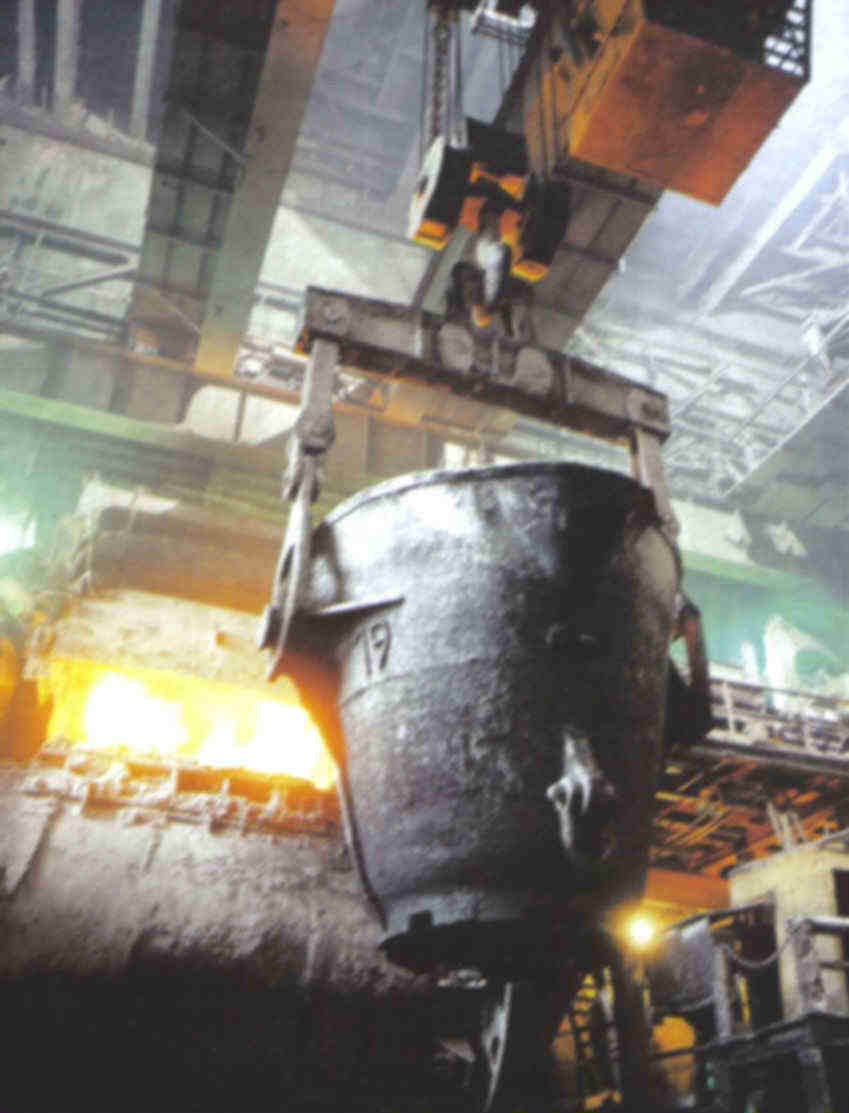How Steel Is Made
By: The Working Man
Steel is iron after most of the impurities have been removed and
there is a carbon concentration (0.5 percent to 1.5 percent)
throughout all of the iron. To get good steel, impurities like
phosphorous, silica and sulfur have to be removed because they
weaken the metal. Consequently, steel is stronger than iron
itself.
There are two ways to create steel from pig iron, the open hearth
furnace or the Bessemer process.
The old way to make steel is with an "open hearth furnace". Pig
iron is put into an open hearth furnace and heated to about 1600
degrees Fahrenheit (871 degrees Celsius). At that temperature the
ore forms a crust of impurities (slag) that floats on the surface
of the liquid metal. Other impurities, such as carbon, are
oxidized and float out of the iron into the slag. When the carbon
content is right, you have carbon steel.

The Bessemer Process is a newer way to create steel from pig
iron.
Most modern steel plants use what's called a basic oxygen furnace
to create steel. The advantage is that it is a rapid process --
about 10 times faster than the open hearth furnace.
Today many different metals are alloyed with the metals to add
different properties to the steel. For example, if ten to thirty
percent chromium is added to the steel, it creates stainless
steel and so is very resistant to rust.
Without iron and the steel making process, and the iron and steel
workers, we would not have many of the tools and products that
make our lives so much better today.
See Also:
Back to All About
Industry
 Search our site for more info
Search our site for more info